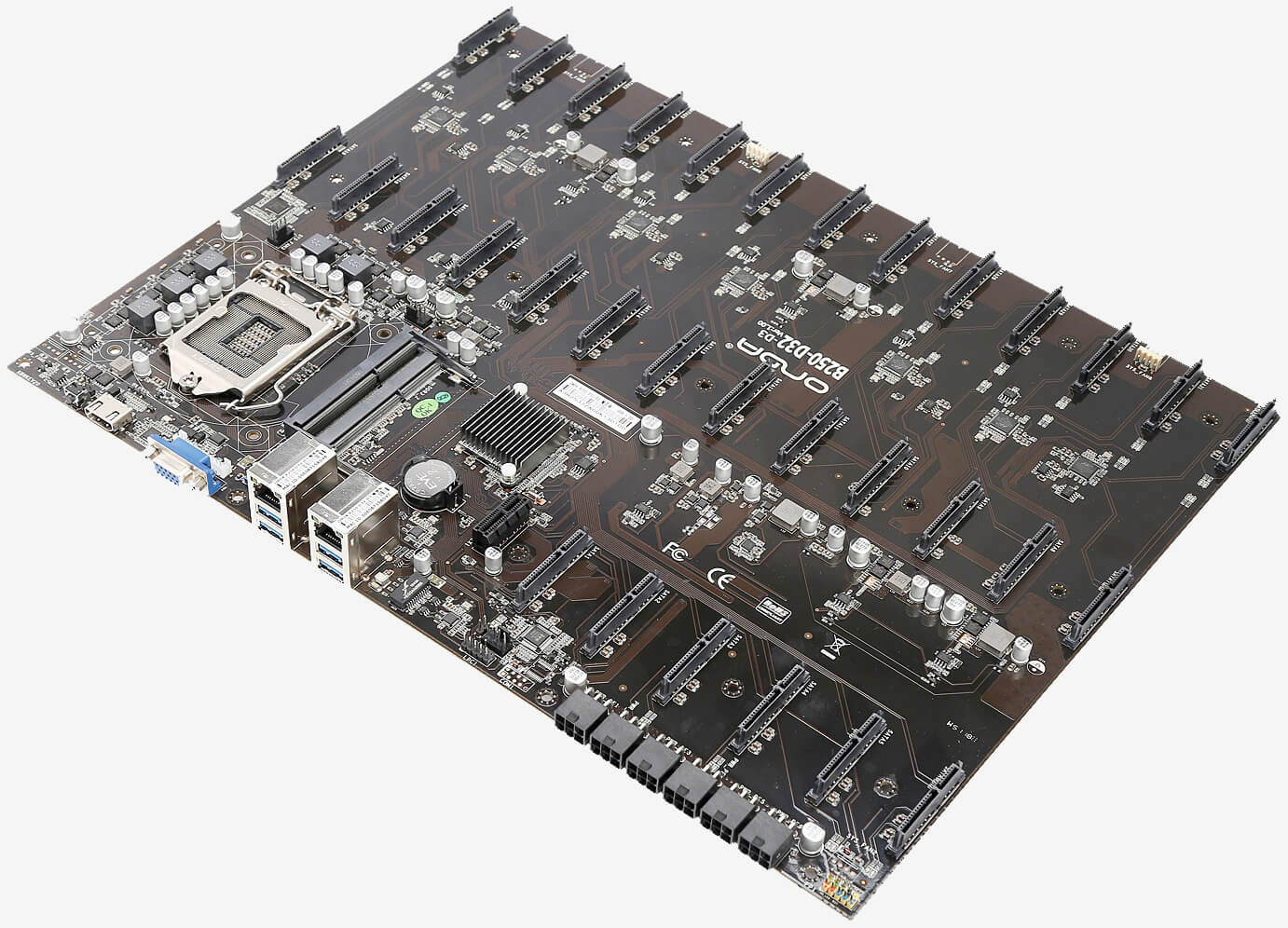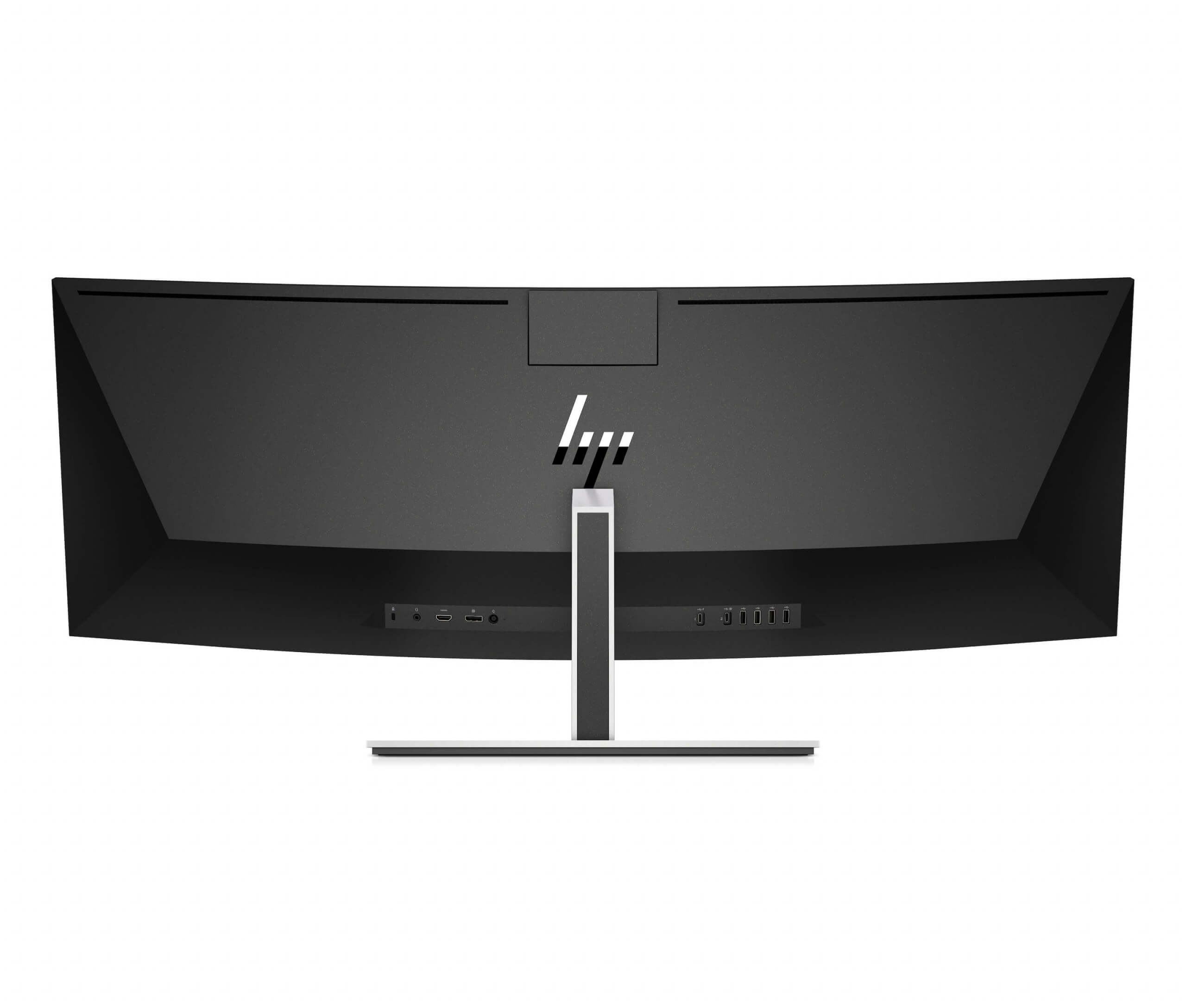Nanochain electrodes could increase battery capacity and reduce charging times
The big picture: Researchers at Purdue University are working on a way to increase a battery’s lifespan while simultaneously making it more stable and reducing charging time. It’s a promise we’ve heard time and again from the scientific community, but could they actually be on to something plausible this time?
As Purdue University’s Kayla Wiles highlights, the researchers created a net-like structure called a “nanochain” out of antimony, a chemical element with the symbol Sb and atomic number 51 that is used to enhance the charge capacity of lithium ions in batteries.
In testing with coin cell batteries, the team observed that after a 30-minute charge, units with nanochain electrodes achieved double the lithium ion capacity compared to batteries with graphite electrodes which is most commonly used in today’s batteries. This was true over 100 charge / discharge cycles.
Some commercial batteries already use composites similar to antimony as an electrode but the material tends to swell as it takes in lithium ions, sometimes by as much as three times. This, as you could imagine, leads to serious safety hazards.

To combat the expansion, Purdue scientists applied a reducing agent and a nucleating agent to accommodate the required expansion. The reducing agent, ammonia-borane, creates empty spaces inside the nanochain, affording room for expansion and helping to suppress electrode failure.
Vilas Pol, a Purdue associate professor of chemical engineering, said that in testing, “there’s essentially no change from cycle one to cycle 100, so we have no reason to think that cycle 102 won’t be the same.”
Of course, theory and actuality are two very different things. The truth of the matter is, a lot more testing is needed to determine the long-term safety of nanochain electrodes. It’s a great first step that it survived 100 charge / discharge cycles but in the real world, batteries go through thousands of these cycles over their lifetime.
By: Techspot
Malwarebytes’ ‘Browser Guard’ add-on blocks browser hijacking, pop-up scams, and other annoyances
The internet is both wonderful and risky in almost equal measure. You can access virtually all of the world’s modern knowledge with just a few clicks (most of the time), but you can also fall victim to subtle scams, viruses, and other dangers. Most savvy users know how to avoid the majority of these pitfalls, but even tech enthusiasts aren’t immune to smaller troubles.
Browser hijacking, back-button hijacking, pop-ups, and other similar annoyances are common, and just about everybody encounters them from time to time. Several browser and add-on makers have tried to address the problem with their own solutions, and now Malwarebytes is joining their ranks.

As of a few days ago, the company (best known for its ultra-popular and equally useful anti-virus utility) launched “Browser Guard,” a free extension for Chrome and Firefox that blocks all of the irritating scams mentioned above, and more.
It also “filters out” content it deems suspicious, according to Betanews, and blocks ads and ad trackers. In short, it seems to pull features and functionality from various other similar tools and combines them into one cohesive package.

While we can’t verify Browser Guard’s effectiveness without extensive testing of our own, users seem to be fairly happy with it; across both Chrome and Firefox. The add-on’s rating currently sits between 4 and 4.3 stars on both platforms, and collectively boasts around 180,000 users as of writing.
If you want to try it out for yourself, visit Browser Guard’s official Chrome or Firefox extension page and give it a whirl.
By: Techspot
Check out this Rubik’s Cube that can solve itself while floating
In brief: We’ve seen machines used to solve Rubik’s Cubes in the past, and while this example certainly isn’t the quickest, the way it floats in mid-air makes it the coolest looking.
The project is the work of Human Controller, who posts his creations on his YouTube channel. The floating Rubik’s Cube began life a year ago when he upgraded a standard version of the toy with a 3D-printed core, servos, wiring, and batteries so all of the sides can spin.
Technically, this Rubik’s Cube doesn’t really solve the puzzle. It uses an Arduino board to record all the movements that were performed as the colors are being scrambled. These are then repeated in reverse, leading to the completed puzzle.
Rather than the device precariously rolling around on a table as it twists and turns, the latest version now floats in mid-air as it solves itself. The trick is performed using some magnets hidden inside the cube and a magnetic base.
You can see more photos and videos showing the internals of the cube and its workings in this post from Human Controller.
In March last year, Massachusetts Institute of Technology robotics student Ben Katz and software developer Jared Di Carlo crafted a machine that can solve a Rubik’s Cube in a record 0.38 seconds, beating the previous machine record of 0.637 seconds. The human record for solving one of the puzzles is 3.47 seconds, which China’s Du Yusheng set in 2018.
By: Techspot
Storage Wars: this motherboard packs a staggering 32 SATA ports
In brief: When I got my first computer just over two decades ago, it felt as though I’d never be able to fill up the massive 20GB IDE hard drive it shipped with. Of course, my storage needs grew over the years as interests expanded (I got into photography, for example) but so too did the size of available drives.
There was a brief and unusual backstep with the introduction of solid state drives roughly a decade ago but things are more or less back on track now. And heck, with streaming music and video services as well as cloud storage providers, some are finding their storage capacity requirements have actually decreased.
But if for some bizarre reason you demand an overwhelming amount of onboard storage, Chinese motherboard maker Onda has you covered. The company’s B250 D32-D3 features a staggering 32 SATA ports (and yes, it looks just as ridiculous as it sounds) that are almost certainly driven by a third-party I/O controller.

The oddities don’t end there, however, as the socket LGA 1151 board doesn’t have a 24-pin power connector, instead opting to what appears to be a six-pin PCIe power connector. Other, more standard features, include a single PCIe x1 slot, two SO-DIMM slots and a USB 2.0 header; around back, you’ll find dual Ethernet ports, one HDMI port, four USB 3.0 ports and a VGA connector.
I’m drawing blanks as to any practical purposes for a motherboard of this nature but surely Onda has some specialty clients that’ll find it handy for around $465.
By: Techspot
HP’s new 43.4-inch ultrawide monitor can replace your dual-display setup
The big picture: When multitasking, the more screen space, the better. Dual-monitors are fine, but cord clutter can be annoying, and bezels are distracting. The HP S430c Curved Ultrawide Monitor looks to fix those problems.
The S430c is a very wide monitor with a 32:10 aspect ratio. Its curved 43.4-inch diagonal display is equivalent to two side-by-side 24-inch monitors. It delivers a 4K quality picture with a 60Hz refresh rate. The LED backlights deliver up to 350 nits brightness with 99-percent sRGB color accuracy.
A webcam at the top of the display retracts into the bezel when not in use. The camera is equipped with IR, so it is compatible with Windows Hello if you are used to logging in with facial recognition. There are also dual microphones embedded into the chassis.

The S430c comes equipped with HP’s DeviceBridge, which can control up to two devices simultaneously without a KVM. DeviceBridge is compatible with Windows, macOS, and Android devices. This means you can hook both your gaming rig and your MacBook Pro to the monitor and use them at the same time. You can even copy and paste between the computers using keyboard and mouse controls.
Using HP’s Display Assistant software, users can easily resize display partitions to suit their needs. In other words, when working in dual-monitor mode, you can choose the size of each screen.

The monitor has one DisplayPort and one HDMI, both with HDCP support. It also has four USB-3.1 and two USB-C ports that deliver up to 100W of power for charging up to two devices at a time. A height-adjustable stand allows easy positioning. It also has a 100mm VESA pattern for mounting to a wall.
The HP S430c will be available on November 4 for $999. The price is not bad considering two decent 24-inch 4K displays will run you around $700 and will not deliver the same convenient features.
By: Techspot
Congress asks Google, Amazon, Facebook, and Apple for internal documents in antitrust probe
What just happened? Google, Amazon, Facebook, and Apple have all received letters requesting sensitive information, as well as over 400 questions from the House Judiciary Antitrust Subcommittee about how their businesses achieved dominant positions in their respective industries. They mostly touch on controversies that journalists have been writing about for years, but now there’s a chance we may see exactly what has led to a handful of companies becoming almost too big to fail.
House lawmakers recently sent letters to four of the biggest tech companies asking for internal documents, emails, and other closely guarded information. The formal request was made as part of an ongoing antitrust investigation into Google, Amazon, Facebook, and Apple, also known as GAFA. The companies have until October 14 to respond, but it’s worth noting this isn’t a subpoena.
Specifically, the bipartisan House Judiciary Subcommittee wants GAFA to share detailed information about how their businesses operate — including financial data on their products and services, as well as internal records about merger discussions and targets, competitors, market research, and “key business decisions.” Furthermore, the companies are asked to provide documents on any past antitrust investigations.
The four letters could reveal if the Big Four reached their dominance in search, e-commerce, social media, and other markets through anticompetitive practices. Further, they name over 50 executives at these companies, which are now under lawmakers’ microscope to determine whether they’ve been aware or been part of any wrongdoing.
Rep. Jerrold Nadler said in a statement that “there is growing evidence that a handful of corporations have come to capture an outsized share of online commerce and communications.” The regulators want to use the requested information to see how the Congress should respond, should any of these companies be found liable of “using their market power in ways that have harmed consumers and competition.”
The Google letter asks its parent company, Alphabet, to send over internal records and communications related to several mergers and acquisitions, including DoubleClick, AdMob, YouTube, Android, as well as attempts to purchase Vevo. Regulators also want to know about Google deals with Android OEMs, how its search algorithm works with respect to its own services and those of its rivals, and whether it has removed apps from the Play Store that competed in the same categories as Google apps.
Amazon is asked to provide insight into how its algorithm ranks various products offered by the own company as well as competitors’, and into how it decides on the price for the products it sells. As with Google, regulators want to know more about Amazon’s acquisitions, including Zappos, Whole Foods, Sizmek, Ring, Blink, Audible, and several others. There’s also a request for details about Amazon’s negotiations with book publishers and whether it ever used its search algorithm as a way to coerce a publisher to sign a specific deal.
In the case of Facebook, Congress wants to know more about the company’s acquisition of WhatsApp and Instagram as well as VPN provider Onavo, which was reportedly used to collect data on its users and inform on the social giant’s many purchases. Facebook will have to compile documents about the decision making process on everything related to the social graph. Interestingly, this comes after a British parliamentary committee revealed last December through leaked documents and emails that Facebook has been giving preferential access to user data for partners like Netflix and Lyft while cutting off competitors like Vine.
The Apple letter asks for information on well-known issues such as the company’s decision to remove parental control and screen-time apps from the App Store, the way its App Store algorithm works, revenue sharing practices for in-app purchases and subscriptions, and “Sherlocking” of functionality from third-party apps like Clue and SwiftKey. Pretty much all the requests have to do with the company’s restrictive business practices, including the controversies around battery replacements and third-party repairs.
By: Techspot
 Toll Free: 888-88-CADAN
Toll Free: 888-88-CADAN Support
Support Client Login
Client Login





